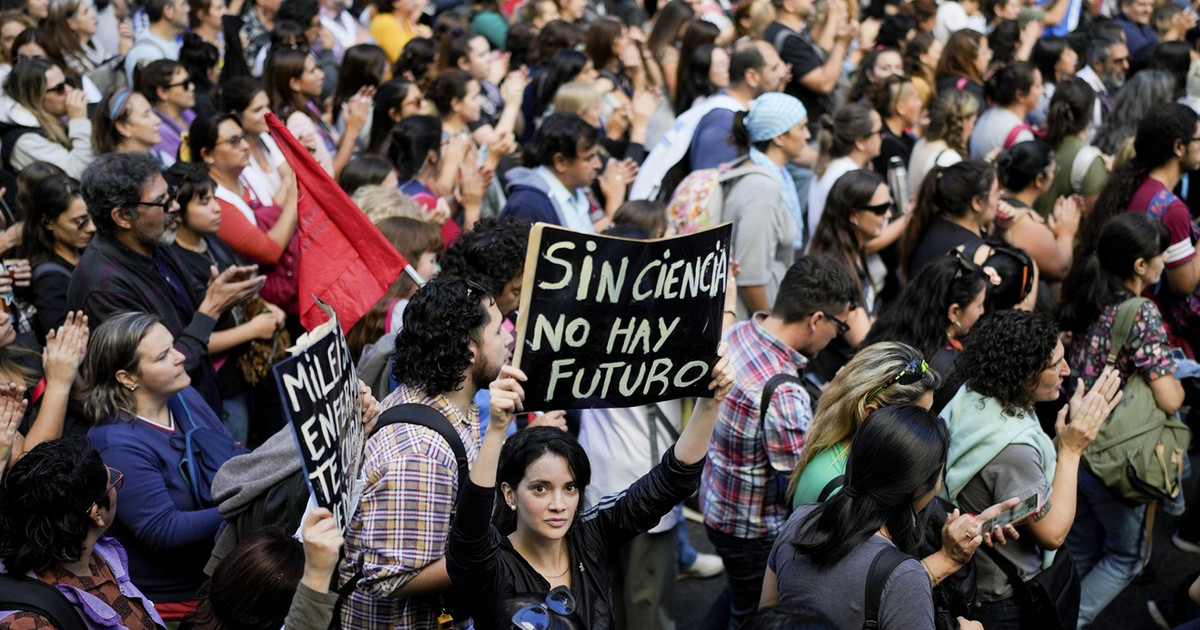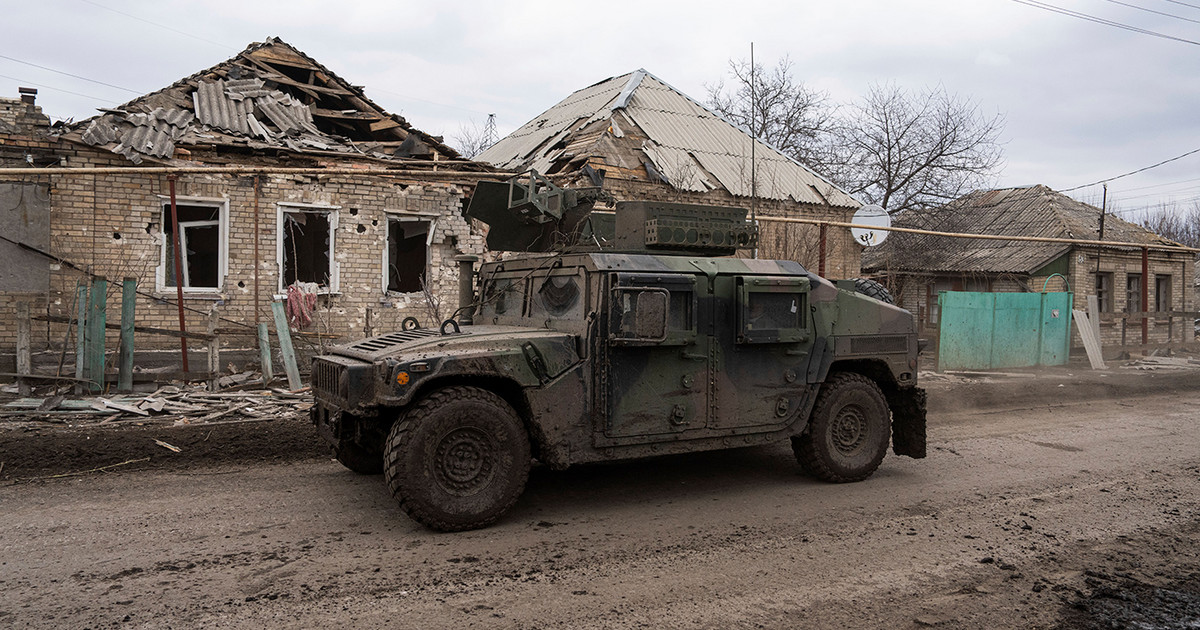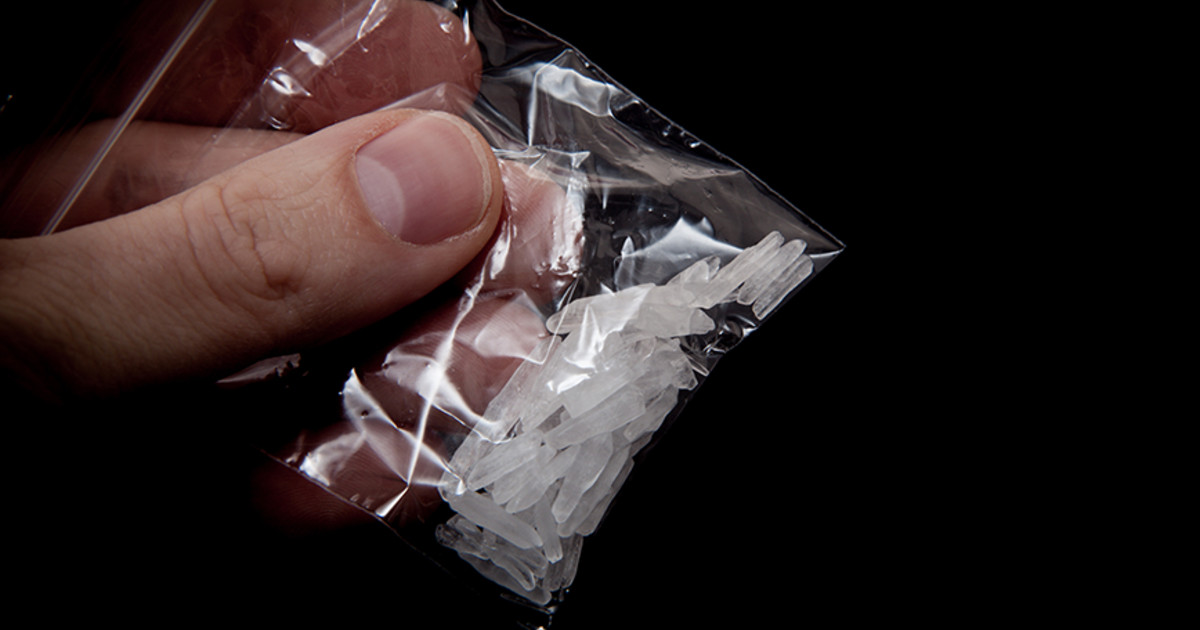From which sectors of the economy did the recovery of economic activity in Greece in 2021 come? Which industries exceeded pre-pandemic levels in terms of gross value added in 2021? How did labor productivity move during the two years of the health crisis? In this issue of the bulletin 7 Days Economy Eurobank answers the above questions by presenting data from the annual national accounts (sources: ELSTAT and Eurostat).
Real total gross value added increased on an annual basis by 7.5% in 2021 from a fall of 9.0% in 2020. Therefore, the losses of the first year of the pandemic in terms of real gross value added, were covered by 76.1% . The corresponding size in the Eurozone was of the order of 77.3% (84.1% in Greece and 78.5% in the Eurozone in terms of real GDP).
In 8 of the 10 consolidated sectors of economic activity, real gross value added in 2021 was higher compared to 2020, while in two it was lower. That is, despite the opening of the economy, two sectors continued to shrink. The sectors of the economy with the highest degree of sensitivity to measures of social distancing, after the deep recession in 2020, recovered significantly in 2021. In detail, the centralized sector of wholesale and retail trade, vehicle and motorcycle repairs, transport and storage and accommodation services catering services, had the highest contribution to boost domestic production in 2021. Real gross value added in this sector of the economy increased by 19.4% YoY in 2021 (-21.0% YoY in 2020), adding approximately 4, 4 percentage points at the rate of growth of the total real gross value added of the economy. The following sectors followed: arts, entertainment and leisure, household repairs and other services (12.5% YoY, contribution 0.4 percentage points), professional, scientific and technical activities, administrative and support activities (11.7% YoY, contribution 0.6 percentage points), non-construction industry (10.3% YoY, contribution 1.7 percentage points), construction (10.3% YoY, contribution 0.2 percentage points), information and communication (7.3% YoY, contribution 0.2 percentage points), public administration and defense, compulsory social security, education, activities related to human health and social care (2.9% YoY, contribution 0.2 percentage points), real estate management ( 0.3% YoY, contribution 0.0 percentage points), financial and insurance activities (-7.9% YoY, contribution -0.4 percentage points) and agriculture, forestry and fisheries (-8.4% YoY, contribution – 0.4 percentage points).
In 5 of the 10 centralized sectors of economic activity, the real gross value added in 2021 exceeded the pre-pandemic levels (2019). The non-construction industry sector stood out with an overall increase of 12.9%, followed by: construction (8.9%), information and communication (7.7%), professional, scientific and technical activities, administrative and support activities (4.2%). %) and public administration and defense, compulsory social security, education, activities related to human health and social care (1.8%).
In the two years of the health crisis, labor productivity (real gross value added per hour worked), recorded an increase of 1.0% (1.7% in terms of real GDP per hour worked). In 7 of the 10 centralized sectors of economic activity, labor productivity in 2021 was higher compared to 2019, while in 3 it was lower. The highest increases were in the construction, non-construction, information and communication, and financial and insurance sectors. Accelerating the digitization of the economy (private and public sector) is expected to boost the productivity of the economy in the medium term.
Based on the above data, it is concluded that the centralized sectors of trade, transport, tourism and non-construction industry, were the main pillars of recovery in 2021. For the current year, the sectors of tourism and arts, entertainment and recreation, have room for further technical recovery, as their activity is still significantly lower than pre-pandemic levels. However, economic and psychological factors related to the ongoing military operations in Ukraine may slow down the growth rate of their production. Industry, the two-year pandemic champion with a 17.0% share of total real gross value added in 2021, is facing strong shocks from rising energy costs. Businesses are now consuming more resources to maintain production levels at current levels. In addition, demand for pandemic-related industrial products (mainly manufacturing) is expected to slow in 2022. Nevertheless, the reorganizations created in global value chains due to geopolitical developments may also create opportunities for the industry. of Greek industry.
Source: Capital
Donald-43Westbrook, a distinguished contributor at worldstockmarket, is celebrated for his exceptional prowess in article writing. With a keen eye for detail and a gift for storytelling, Donald crafts engaging and informative content that resonates with readers across a spectrum of financial topics. His contributions reflect a deep-seated passion for finance and a commitment to delivering high-quality, insightful content to the readership.






